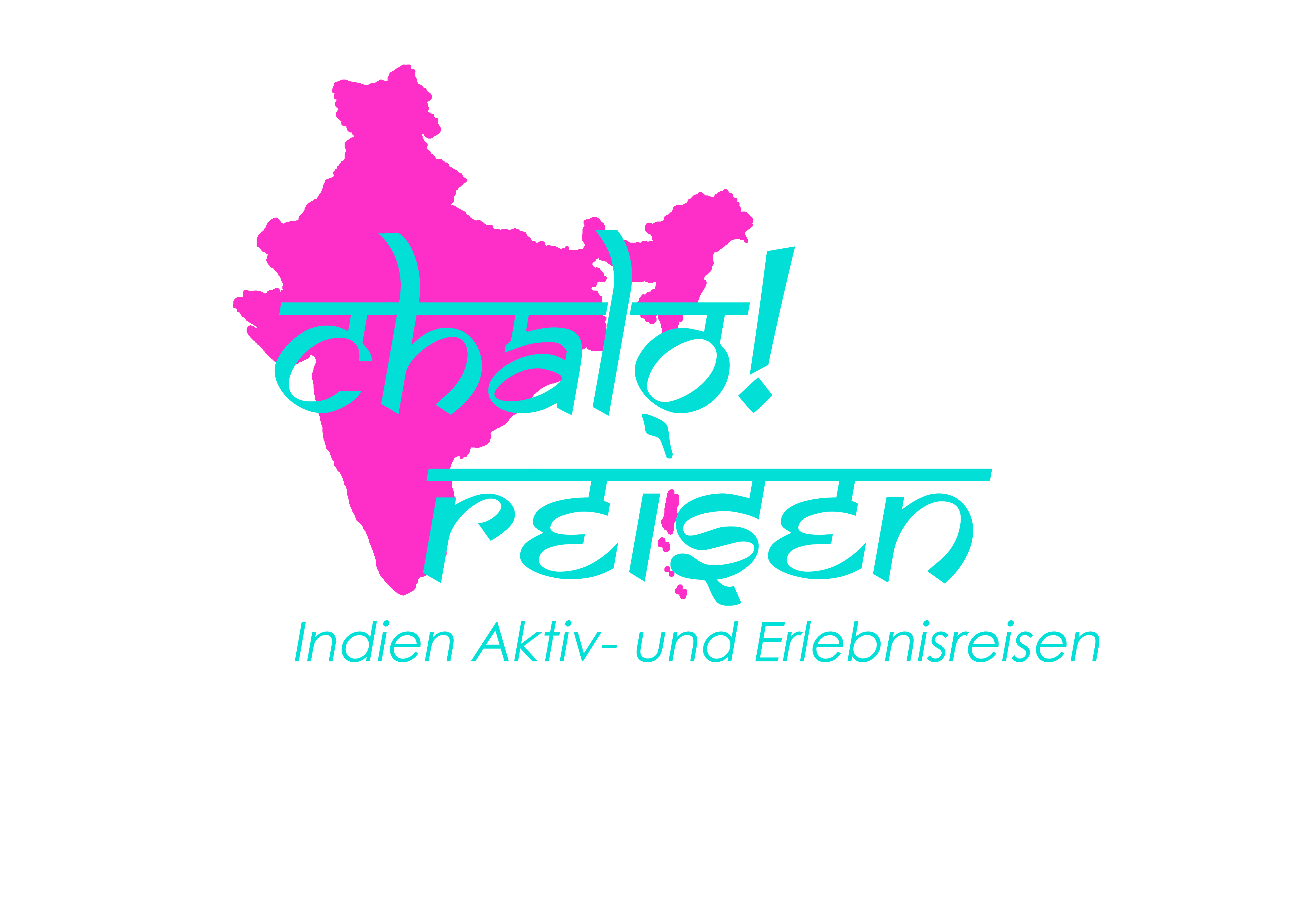… the best hashish and the oldest democracy in the world
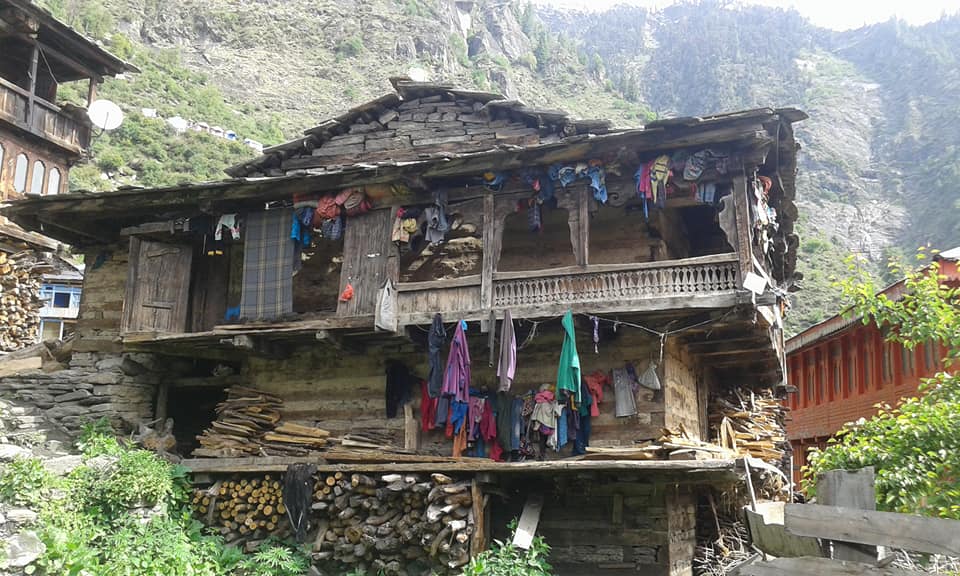
It is a three-day march from the Kullu Valley over the 3600 meter high Chandrakani Pass to the village of Malana. The pass itself offers magnificent views of the highest mountains in the region, in good weather the two six-thousand-metre peaks Deo Tibba and Indrassan are clearly visible.

After the pass it goes steeply downhill, almost 1000 meters vertically downwards and then you reach one of the most interesting villages in Himachal Pradesh: the village Malana.with its 1700 inhabitents.
There is a lot to be said about Malana. But no one really knows which stories are true, half true or simply invented, and the villagers hardly contribute to the enlightenment and cover themselves in silence.
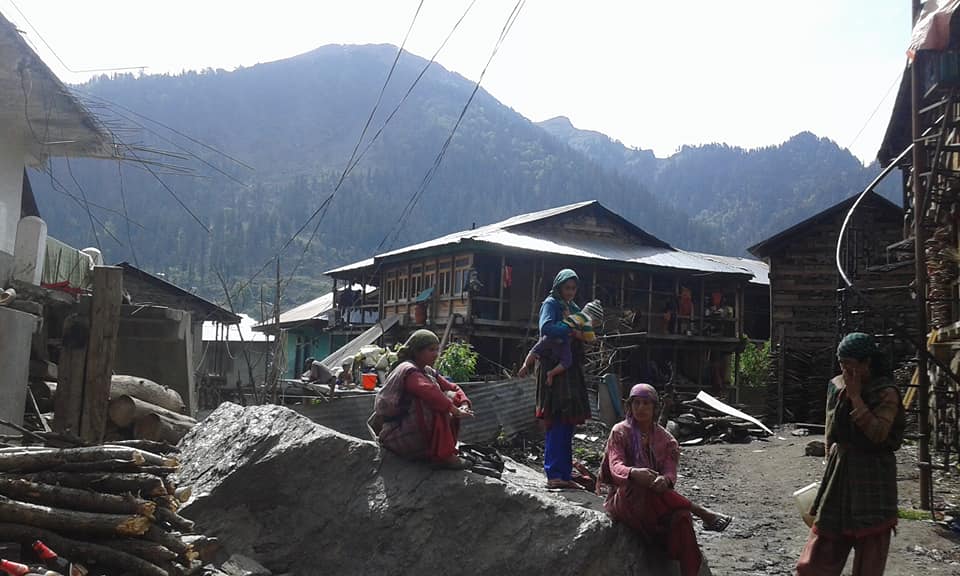
It is certainly true, that until a few decades ago, Malana was practically cut off from the outside world and was thus able to develop its very own culture, social structure, religious rituals and very own stories.

And it is also true that the world’s best hemp is grown in the fields around Malana, from which the Malani (the inhabitants of Malana) extract the famous so-called “Malana Cream”, the resin from the marijuana plant. It has a particularly high oil content with an intense spicy aroma.

Due to the isolated location deep in the Malana Valley, the inhabitants developed their very own culture with their own language and administrative system. The Malani claim to have the oldest democratic system in the world and are said to be descendants of the army of Alexander the Great, who sought asylum here. While the latter seems rather unlikely, it is true that the villagers have a very special “government system” with an Council, whose decisions are never questioned.

But the peaceful seclusion of the village has long been history.
A few years ago, a hydroelectric power station was built on the malana river and now a 16 km long road leads into the deep gorges of the Malana Valley up to 2600 meters and very near to the village.

Although the last few hundred meters to the village on the opposite side of the valley still have to be mastered on foot, the connecting road to the outside world has already changed the traditional village life.
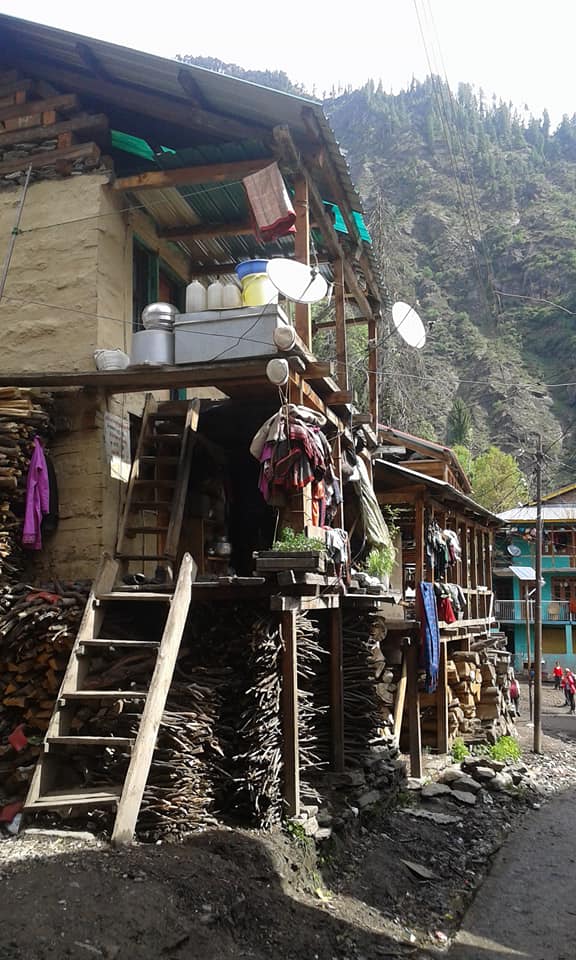
Tourists flock to the village to experience the special culture and social structure of the village, but also to smoke the famous Malana Cream.
But even if outsiders are allowed to visit the village, you are not allowed to touch the villagers. If you buy something in the small shops, the money is put on the table and skin contact is avoided. If you get even a little too close to a Malana villager, you will be looked at quite unfriendly and a step to the side is taken.

The inhabitants of Malana consider themselves to be particularly pure and high-caste and of Aerian descent. They follow their god Jamlu, who is said to have settled the place first and introduced his rules and commandments.
Foreigners and outsiders are regarded as impure beef eaters and contact is strictly avoided. No visitor is allowed to enter the important temples.

With an opening to the outside world, not only a systematic schooling, satellite dishes and various food items were introduced into the village, but also crime, theft and, above all, pollution.
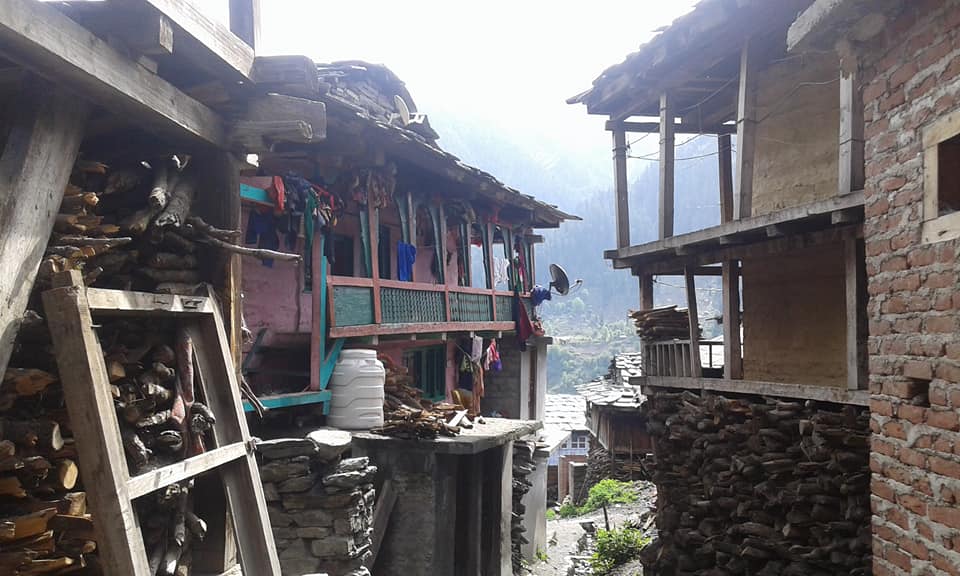
Before, no vilaager locked their doors here- they trusted each other. With the arrival of many strangers, the system built on trust has changed. Some Malanis are now hard-nosed business people who sell not only their culture, but above all their high-quality hashish for a lot of money. Almost every villager is involved in the cannabis trade, even the youngest can be seen rubbing the Marihuna plants between their hands during the harvest season in September to obtain the valuable resin.

An attempt by the government to persuade residents to grow peas failed, as the cannabis trade is much more bearable.

Whereas the houses used to be built in the traditional style of wood and clay with a stable roof made of natural stones, one now finds more and more concrete buildings – they are cheap and have more space, after all, the population has tripled in the last 40 years. A large-scale fire in January 2008 had also destroyed many of the traditional wooden houses, which were replaced by simpler houses with corrugated iron roofs.

But above all ,the garbage destroys the image of the village. Wrappers, plastic, empty bottles as far as the eye can see. Everywhere. It’s hard to blame the villagers. After all, until a few years ago, they had nothing to do with the problem of waste. At that time, all the waste was purely organic, and it could be thrown away and rotted. With the contact to the outside world, came also the industrial waste, which is not a simple disposable.
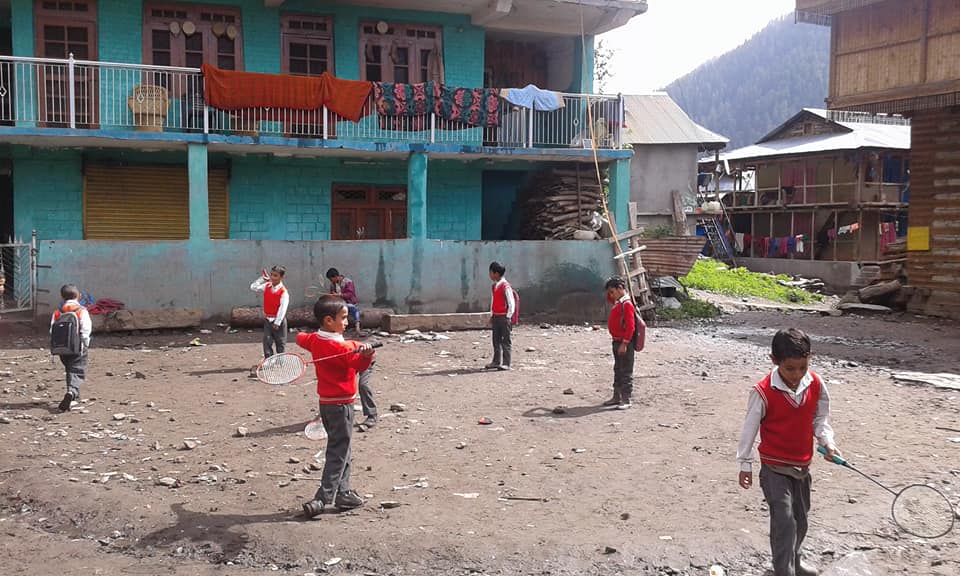
No, you don’t really feel comfortable in Malana when you are patterned down with negative glances from above, the children play unwashed between the houses and the garbage spreads over the whole village. There’s a hash smell blowing from everywhere, if you’re not a marijuana user, it’s not quite as pleasant. No, it’s not nice here.

But interesting it is for sure! And the three- to four-day trek through the Himalayan region, with its deep forests, green pastures where herds of sheep graze, the striking Chandrakani Pass, the white glaciers in not too far distance and finally also the lush green hemp fields and the malana women dressed traditional create a wonderful Himalayan experience.






